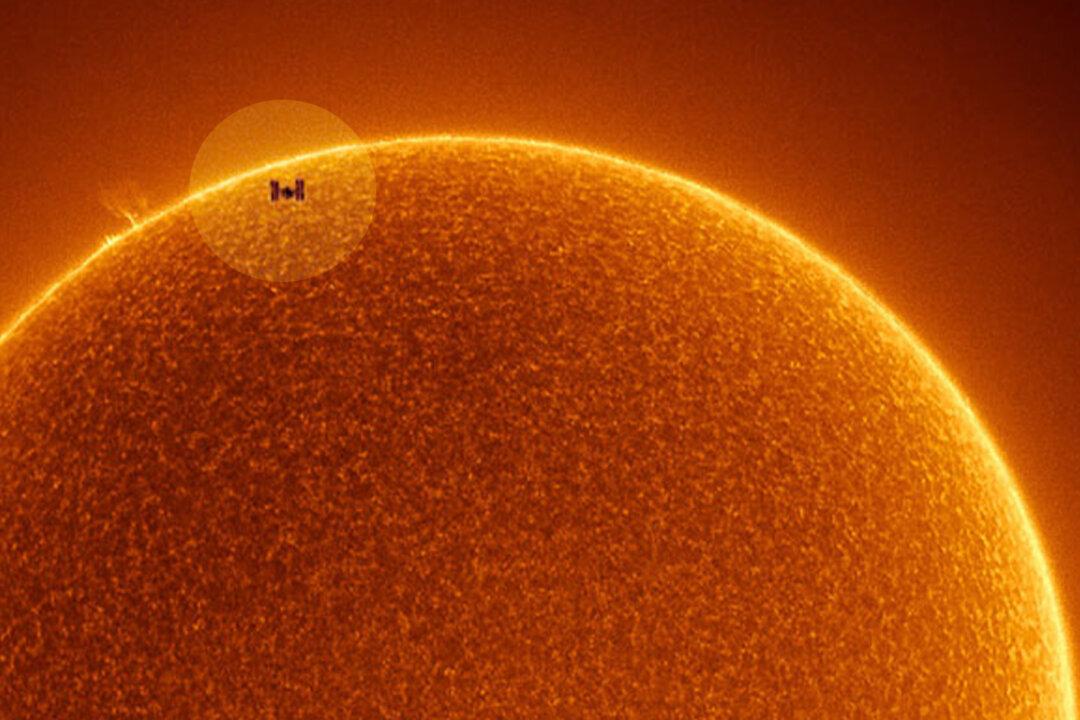Rainee Colacurcio had her scope perfectly focused and trained on the Sun. Now, all she had to do was wait.
The Washington-based photographer always had a fascination with the Sun, and now, she was about to photograph the International Space Station (ISS), another interest of hers, as it transited across the solar disk in broad daylight at an altitude of 254 miles above the Earth’s surface.






